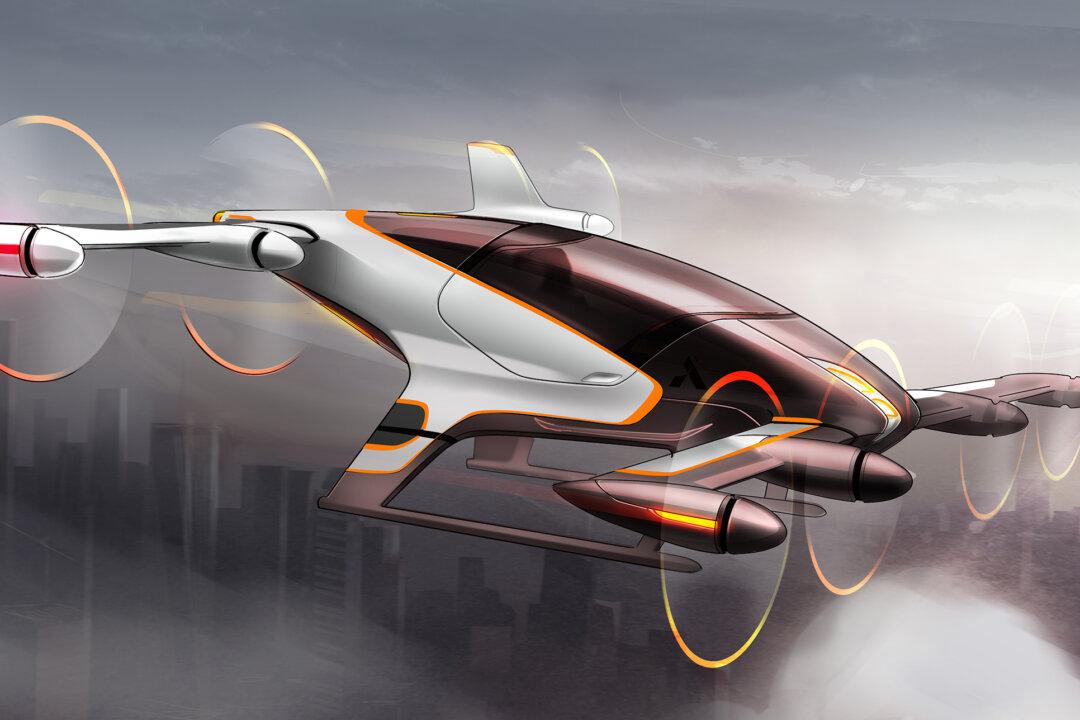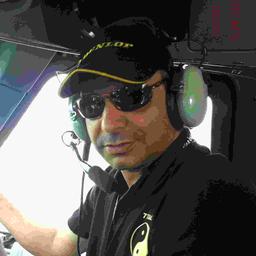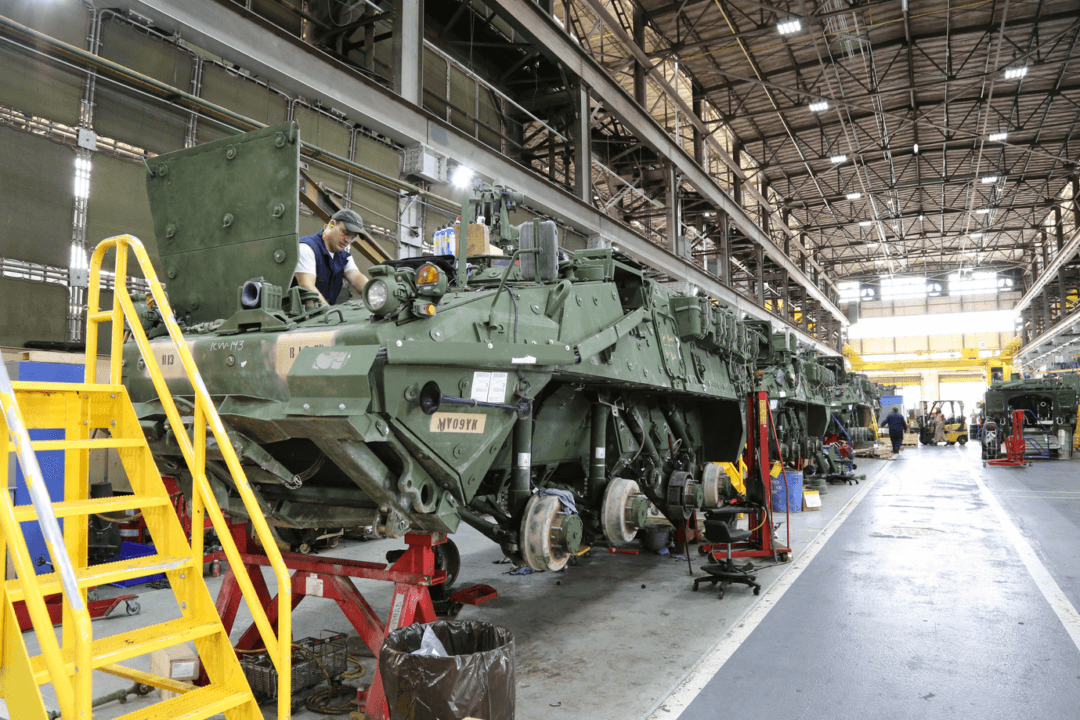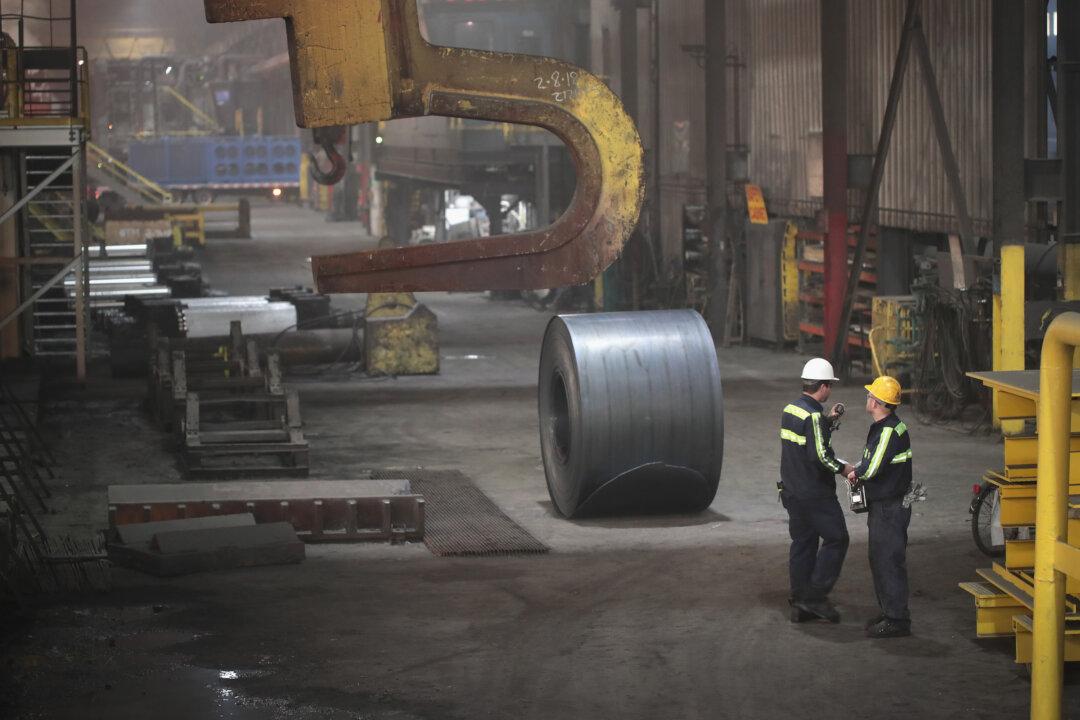Innovation doesn’t just come in small incremental movements; it comes in paradigm shifts, as well. When innovative capability can cross platforms and combine different technologies to embrace those environments, we really have a globally relevant economic cycle.
Innovation appears to be pointing toward road-air-sea crossover vehicles, with power sources that range among electric, gasoline, fusion, hydrogen cells, and many power combinations. It’s worth looking at the ways in which these innovations will change our lives in the years to come.
Air-Road Crossover
Many designs for air-road crossovers are being conceived. The research and development for this type of vehicle is now so easy to apply that the number of products coming out is becoming vast and their applications unlimited.
Take Yves Rossy, and the jetpack he designed in his garage. This ex-pilot had an idea about a jet wing. He made one, strapped on four gas-turbine engines from model airplanes, embedded a fuel system into the wing and, voila!
The new developments in cars will change the landscape, as well. The new flying cars and bikes, which are based entirely upon the drone idea, are now becoming reality. As these new flying cars become commercially available, people will come to use them in all sorts of ways, thus affecting everything around them from safety, navigation control, commercial uses, military uses, and even criminal uses.
If there are 1,000 of these cars flying about in the years ahead to come, the police will need one as well to catch any criminals who do ‘bad stuff’ inside them. This means that helicopters and various other flight-based vehicles will likely hit the road to obsolescence, too. Regulation will have to change as well, to allow for control and licensing of these types of products as they transform the very nature of our lives.





